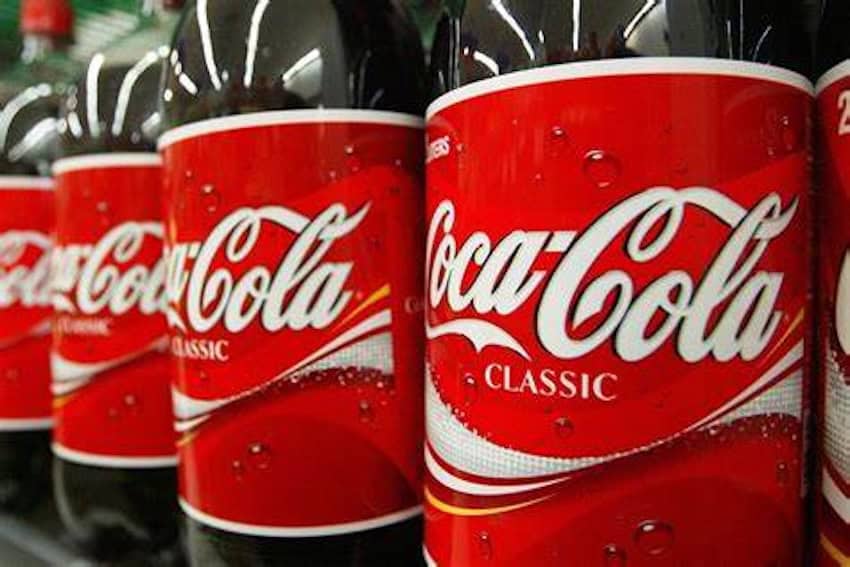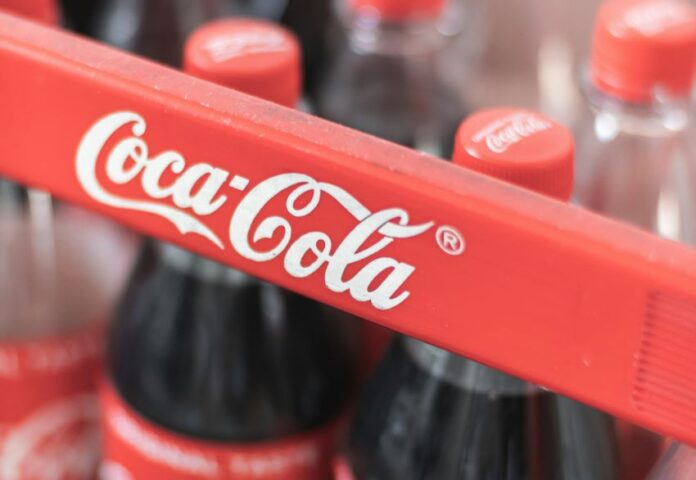The Mexican Coca-Cola Industry (IMCC) has committed to returning more unused water from its water concessions, with the aim of becoming “water neutral” and reaching “100% regenerative water use” by 2030.
The IMCC says Coca-Cola has already returned more than four million cubic meters of water and plans to comply with President Claudia Sheinbaum’s National Agreement for the Human Right to Water, which promotes efficient use of water in production processes by facilitating the voluntary return of water volumes that are not being used by industry.
Mexico’s new national water plan to review over 100K water concessions
According to the director of the National Water Commission (Conagua), signatories, including Coca-Cola, have committed to returning a total of 126 million cubic meters of water.
“We already return more water than we consume,” said Patricio Caso, Director of Public Affairs, Communications and Sustainability at Coca-Cola Mexico, in an interview with the media outlet La Jornada. “Our commitment is to being water neutral.”
In its 2024 Integrated Report, Coca-Cola FEMSA (Coke’s parent company in Mexico) announced that it had replenished 100% of the water used in its operations, as part of its long-term sustainability strategy. It also outlined progress in recycling, energy efficiency and climate emergency response.
The IMCC plans to invest over 150 million pesos (US $7.8 million) in a program aimed at promoting water development in the watersheds where it operates in Mexico, including in projects to reinject aquifers and increase soil permeability.
It has also established water collection systems in 700 schools across Mexico.
The IMCC says it uses 1.47 liters of water for every liter of soft drink produced, which is lower than the average of up to two liters used by competing firms, according to the company.
Coca-Cola has been criticized for its water use
Coca-Cola’s water-saving promises come after the IMCC has long been criticized for its heavy water use, with 175 of its facilities located in areas facing “high levels of water stress.”
Coca-Cola is the most popular soft drink in Mexico, accounting for around 70% of Mexico’s soda production and sales, with extensive production and bottling operations across the country.

One bottling plant, operated by the food and drink conglomerate Femsa, which holds the rights to bottle and sell Coca-Cola in much of Latin America, is situated in San Cristóbal de las Casas in southwestern Chiapas state.
Femsa has permits to extract more than 1.14 million liters of water from the nearby Huitepec volcano basin every day. Meanwhile, San Cristóbal’s 200,000 residents are battling water scarcity.
There have been widespread reports of groundwater contamination in San Cristóbal, which have led residents to buy bottled water and soda rather than consume tap water.
“Water flows toward the money and to companies like Coca-Cola, not to the people,” said Fermin Reygadas, the director of the nonprofit Cántaro Azul.
Chiapas is the No. 1 consumer of Coca-Cola in Mexico, with Chiapanecos drinking around 683.8 liters of the soft drink per capita each year, compared to around 98.4 liters per person in the United States.
With reports from La Jornada, Al Jazeera and La-Lista
